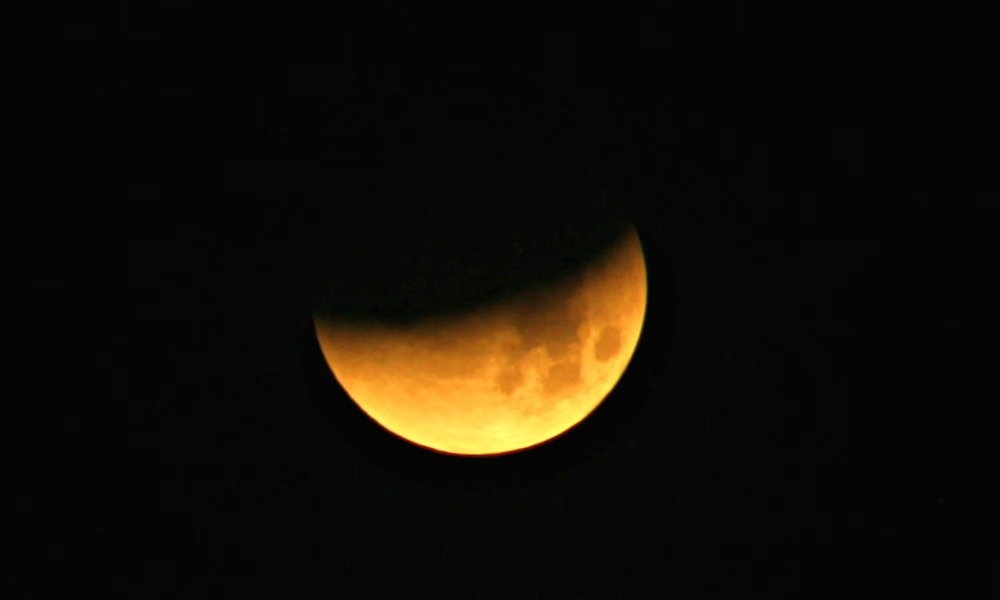
A total lunar eclipse is set to grace the night skies on March 13, 2025 — a striking celestial event that’s well worth staying up (or waking up) for. During a total lunar eclipse, the Earth moves directly between the Sun and the Moon, casting a shadow that causes the Moon to take on a deep reddish hue, commonly referred to as a “blood moon.”
This particular eclipse will be visible across large portions of the globe, including western North America, the Pacific region, eastern Asia, Australia, and New Zealand. For those in Texas and other parts of the central U.S., it will be a prime viewing opportunity — assuming the weather cooperates.
When to Watch in Texas: Texans can expect to see the eclipse unfold in the early morning hours of Thursday, March 13, 2025. The penumbral phase begins at approximately 4:32 a.m. CT, but the real show starts with the partial eclipse at 5:27 a.m. CT. The total eclipse begins around 6:26 a.m. CT, reaching its peak just after 6:59 a.m. CT. The Moon will begin setting shortly after the peak in some parts of Texas, so a clear view of the western horizon will offer the best perspective.
The total phase will last just over an hour, but for most viewers in Texas, the Moon may be low in the sky or setting during this time, so it’s best to find a location with an unobstructed view to the west.
No Special Equipment Needed Unlike solar eclipses, lunar eclipses are completely safe to observe with the naked eye. Binoculars or a telescope can enhance the view, but they aren’t necessary. Just step outside, look up, and enjoy the natural wonder.
Whether you’re an amateur astronomer or simply enjoy the occasional stargazing experience, this total lunar eclipse is a rare and memorable event. The next total lunar eclipse won’t occur until 2026, so this is a perfect opportunity to connect with the night sky.




